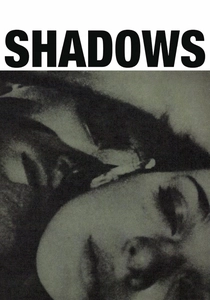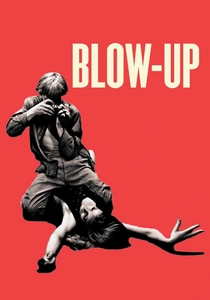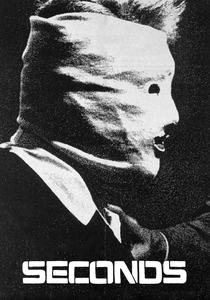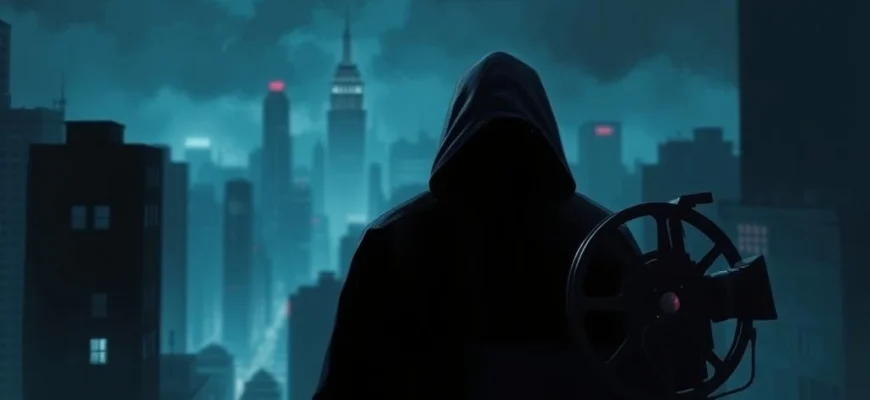If you were captivated by the surreal, noir-infused world of Mickey One (1965), you're in for a treat. This article explores 10 similarly enigmatic films and shows that blend existential dread, striking visuals, and gripping narratives. Whether you loved the jazzy undertones or the psychological depth of Mickey One, these picks will keep you enthralled.

Shadows (1959)
Description: A groundbreaking independent film that captures the raw, improvisational energy of urban life, focusing on themes of identity and alienation. Its loose narrative and documentary-like style reflect a restless, searching quality.
Fact: The film was largely improvised, with the script being written day by day during filming, and it was shot on a shoestring budget with non-professional actors.
 Watch Now
Watch Now 
Breathless (1960)
Description: A revolutionary film that embodies the spirit of rebellion and existential uncertainty, with a fragmented narrative and a protagonist on the run. Its spontaneous, freewheeling style captures a sense of disconnection and defiance.
Fact: The film's jump cuts were initially considered a mistake but became one of its most iconic stylistic features, influencing generations of filmmakers.
 Watch Now
Watch Now 
The Trial (1962)
Description: A surreal and nightmarish exploration of paranoia and existential dread, featuring a protagonist trapped in an incomprehensible bureaucratic system. The film's visual style and disorienting narrative create a sense of unease and alienation.
Fact: Based on Franz Kafka's unfinished novel, the film was shot in an abandoned railway station in Zagreb to enhance its eerie atmosphere.
 Watch Now
Watch Now 
Alphaville (1965)
Description: A dystopian noir that blends science fiction with existential philosophy, exploring themes of control, identity, and the dehumanizing effects of technology. Its stark, minimalist visuals and poetic dialogue create a haunting, otherworldly atmosphere.
Fact: The film was shot entirely on location in Paris, using existing modernist buildings to represent the futuristic city of Alphaville.
 Watch Now
Watch Now 
Blow-Up (1966)
Description: A psychological thriller that delves into perception and reality, with a protagonist whose grasp on truth becomes increasingly tenuous. The film's ambiguous narrative and stylish visuals create a sense of mystery and unease.
Fact: The film's famous park scene was shot in Maryon Park, London, and has since become a pilgrimage site for cinephiles.
 Watch Now
Watch Now 
Seconds (1966)
Description: A chilling sci-fi thriller about identity and reinvention, following a man who undergoes a radical procedure to start a new life. Its unsettling visuals and existential themes create a pervasive sense of dread and disillusionment.
Fact: The film's disorienting opening sequence was shot with a fish-eye lens to create a sense of unease and distortion.
 Watch Now
Watch Now 
The Swimmer (1968)
Description: A surreal and haunting character study that follows a man swimming through suburban pools, revealing layers of delusion and decay. Its dreamlike structure and symbolic imagery explore themes of denial and the collapse of the American dream.
Fact: The film was based on a short story by John Cheever and was originally conceived as a television play before being expanded into a feature film.
 Watch Now
Watch Now 
The Conversation (1974)
Description: A gripping psychological drama about surveillance, paranoia, and the fragility of truth, centered on a sound engineer who becomes obsessed with a recording. Its meticulous sound design and claustrophobic visuals heighten the sense of isolation and dread.
Fact: The film's surveillance themes were eerily prescient, released the same year as the Watergate scandal unfolded.
 Watch Now
Watch Now 
The Man Who Fell to Earth (1976)
Description: A visually striking and melancholic exploration of alienation and identity, following an otherworldly being navigating human society. Its dreamlike narrative and surreal imagery evoke a sense of dislocation and longing.
Fact: The film's protagonist was inspired by the story of an alien who comes to Earth to save his dying planet, blending science fiction with deep emotional resonance.
 Watch Now
Watch Now 
The American Friend (1977)
Description: A neo-noir that explores themes of identity, betrayal, and moral ambiguity, with a protagonist drawn into a shadowy underworld. Its moody cinematography and tense atmosphere reflect a world of shifting loyalties and hidden dangers.
Fact: The film is loosely based on Patricia Highsmith's novel 'Ripley's Game' and features a cameo by director Nicholas Ray as a painter.
 Watch Now
Watch Now 








